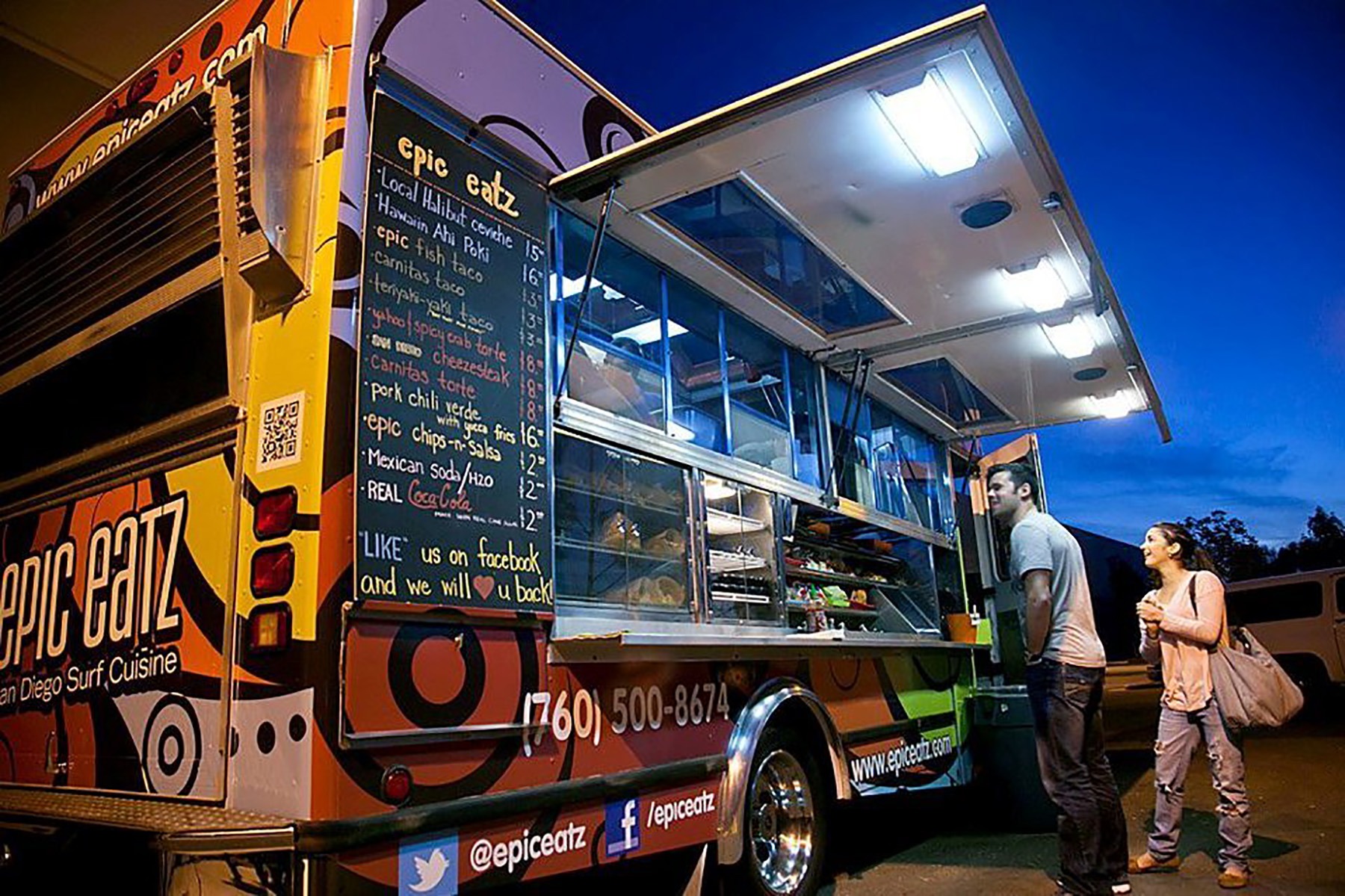TikTok, initially known for its short, catchy videos and viral dance trends, has evolved into a powerful platform for individuals to express their creativity and, more importantly, generate income. With its massive global user base and sophisticated algorithm that can propel content to viral status quickly, TikTok presents a unique opportunity for creators, brands, and entrepreneurs alike. In 2025, the landscape of earning on TikTok continues to mature, offering diverse avenues for monetization. This article delves into the various strategies and considerations for those looking to “earn with TikTok.”1
Understanding the TikTok Ecosystem for Earning
To effectively earn on TikTok, it’s crucial to understand how the platform operates and the key elements that contribute to monetization. This includes:
- Building a Strong Presence: A significant and engaged following is often the foundation for most earning strategies. This requires consistent content creation, understanding your target audience, and utilizing platform features like hashtags and trends effectively.
- Content Niche: Identifying a specific niche or area of focus helps attract a targeted audience interested in your content.2 This could range from comedy and education to beauty and fitness. A clear niche makes it easier to attract relevant brand collaborations and build a loyal community.3
- Engagement Metrics: TikTok’s algorithm prioritizes videos with high engagement rates, including likes, comments, shares, and saves.4 These metrics not only increase visibility but also signal to potential partners that your audience is active and responsive.5
- Platform Policies and Guidelines: Staying informed about TikTok’s community guidelines and monetization policies is essential to avoid account suspension or ineligibility for earning features.6
Direct Monetization Methods on TikTok
TikTok offers several built-in features that allow creators to directly monetize their content and audience:7
TikTok Creator Fund
- Description: The TikTok Creator Fund is a program designed to reward eligible creators for their popular and original content.8 It provides a stream of income based on factors such as video views, engagement, and adherence to community guidelines.
- Eligibility: To be eligible for the Creator Fund, creators typically need to meet certain criteria, including having a minimum number of followers (usually 10,000), a minimum number of video views in the past 30 days (often 100,000), being based in an eligible country, and being at least 18 years old.9
- Earning Potential: The amount creators can earn through the Creator Fund varies significantly based on the aforementioned factors.10 It’s not a fixed rate per view and can fluctuate. While it can provide a starting point for monetization, many creators find it necessary to explore additional income streams.
TikTok Shop
- Description: TikTok Shop is an integrated e-commerce feature that allows creators and brands to sell products directly to users within the TikTok app.11 This can be done through in-feed videos, LIVE streams, and a dedicated Shop tab on profiles.
- Opportunities for Creators: Creators can partner with brands to showcase and sell their products, earning a commission on sales.12 They can also sell their own merchandise or products if they have an established brand.13
- Benefits for Businesses: TikTok Shop provides businesses with a direct sales channel to a highly engaged audience, leveraging the influence of creators to drive conversions.14
- Growing Trend in 2025: With the increasing popularity of social commerce, TikTok Shop is becoming a significant avenue for earning, offering a seamless shopping experience for users and a direct revenue stream for sellers and creators.15
TikTok LIVE Gifts
- Description: During TikTok LIVE videos, viewers can send virtual gifts to their favorite creators using in-app currency (Coins).16 Creators can then convert these gifts into real money.17
- Engagement and Community Building: LIVE Gifts incentivize viewers to support creators directly and foster a sense of community during live sessions.18
- Strategies for Maximizing LIVE Gifts: Engaging with viewers, hosting interactive sessions, and providing valuable or entertaining content during LIVE streams can encourage viewers to send gifts.19
TikTok Video Gifts
- Description: Similar to LIVE Gifts, Video Gifts allow viewers to send virtual gifts on regular TikTok videos.20 This feature provides another way for creators to monetize their content beyond LIVE sessions.
- Criteria and Availability: The availability of Video Gifts and the eligibility criteria for creators may vary depending on region and account status.21
TikTok Pulse
- Description: TikTok Pulse is an advertising program that allows brands to place their ads within the top 4% of most engaging videos in specific content categories.22 Creators whose videos are featured in these placements may receive a share of the ad revenue.23
- Benefit for Top Creators: This program offers an opportunity for creators with highly engaging content to earn from brand advertising without direct brand sponsorships.
Indirect Monetization Methods on TikTok
Beyond TikTok’s built-in features, creators can leverage their presence on the platform to generate income through other means:
Brand Partnerships and Sponsorships
- Description: As creators build a significant and engaged audience, they become attractive to brands looking to reach their target demographic. Brands may pay creators to feature their products or services in their TikTok videos.24
- Negotiating Brand Deals: Creators need to understand their audience demographics, engagement rates, and content value to negotiate fair compensation for brand partnerships.25 Transparency with the audience regarding sponsored content is also crucial.
- Growing Importance in 2025: Brand partnerships remain a significant source of income for many TikTok creators, with brands increasingly recognizing the platform’s influence.
Affiliate Marketing
- Description: Creators can promote products or services and earn a commission on sales generated through their unique affiliate links.26 These links can be shared in video captions, bios, or during LIVE streams.27
- Authenticity and Relevance: To be successful with affiliate marketing, creators should promote products or services that align with their niche and that they genuinely believe in to maintain audience trust.28
Selling Merchandise
- Description: Creators with a strong personal brand can sell their own merchandise, such as clothing, accessories, or digital products, to their followers.29 TikTok Shop can facilitate this process.
- Building Brand Loyalty: Selling merchandise not only generates revenue but also strengthens the connection with the audience and builds brand loyalty.30
Driving Traffic to Other Platforms
- Description: TikTok can be used as a powerful tool to drive traffic to other platforms where creators may have additional monetization strategies, such as YouTube channels, personal websites, blogs, or online stores.31
- Cross-Platform Strategy: A cohesive cross-platform strategy can diversify income streams and build a more sustainable online presence.
Offering Services or Digital Products
- Description: Creators can leverage their expertise or skills to offer services such as coaching, consulting, or content creation for other businesses.32 They can also sell digital products like e-books, presets, or online courses.33
- Leveraging Niche Expertise: Focusing on a specific niche allows creators to position themselves as experts and attract clients or customers seeking their specialized knowledge.
Key Strategies for Maximizing Earnings on TikTok in 2025
- Consistency is Key: Regularly posting high-quality and engaging content is crucial for growing your audience and maintaining momentum.34
- Engage with Your Audience: Responding to comments, participating in trends, and fostering a community around your content increases engagement and loyalty.35
- Understand the Algorithm: While the exact workings of the TikTok algorithm are not public, understanding what types of content tend to perform well (e.g., short-form, visually appealing, using trending sounds) can inform your content strategy.
- Diversify Your Income Streams: Relying on a single monetization method can be risky. Exploring multiple avenues for earning ensures a more stable and potentially higher income.
- Stay Updated on Platform Changes: TikTok is constantly evolving, with new features and policies being introduced. Staying informed about these changes is essential for adapting your earning strategies.
- Network and Collaborate: Engaging with other creators and brands can open up new opportunities for collaborations and partnerships.36
- Analyze Your Performance: Regularly reviewing your analytics provides insights into what content resonates with your audience and which monetization strategies are most effective.37
Conclusion
Earning with TikTok in 2025 presents a wealth of opportunities for creative individuals and businesses.38 By understanding the platform’s ecosystem, leveraging both direct and indirect monetization methods, and implementing effective strategies, creators can transform their passion into a sustainable source of income. The key to success lies in building a genuine connection with your audience, creating valuable and engaging content, and adapting to the ever-evolving dynamics of this dynamic platform. As TikTok continues to grow and innovate, so too will the possibilities for those looking to earn with TikTok.

